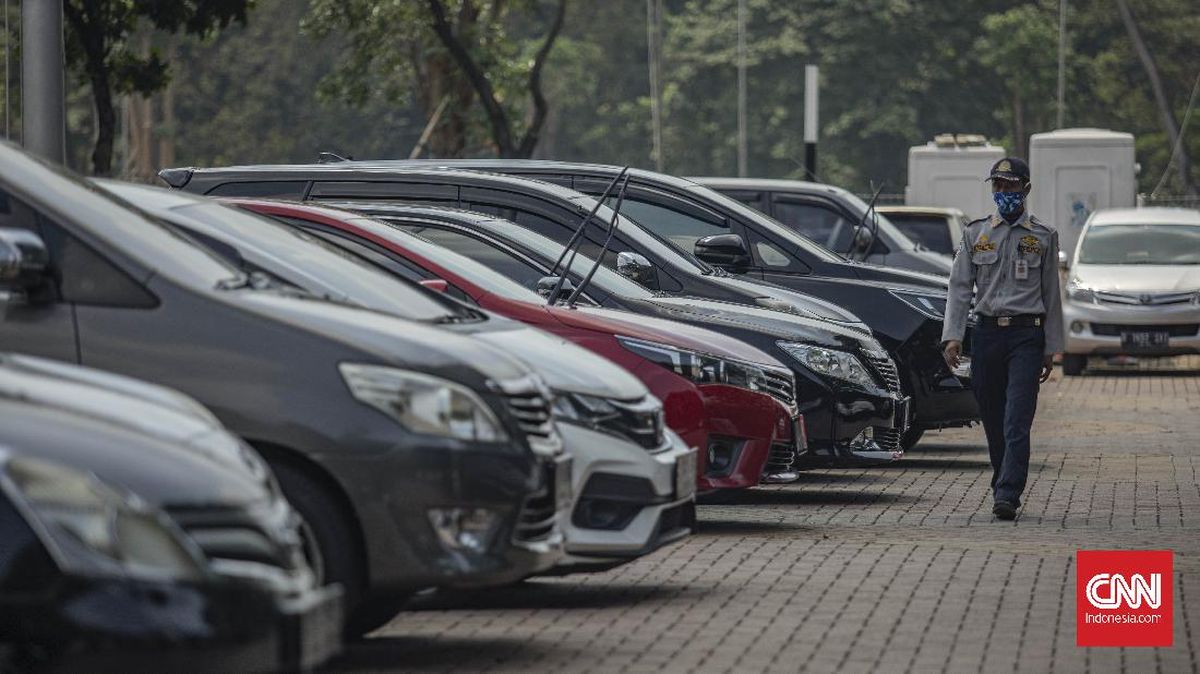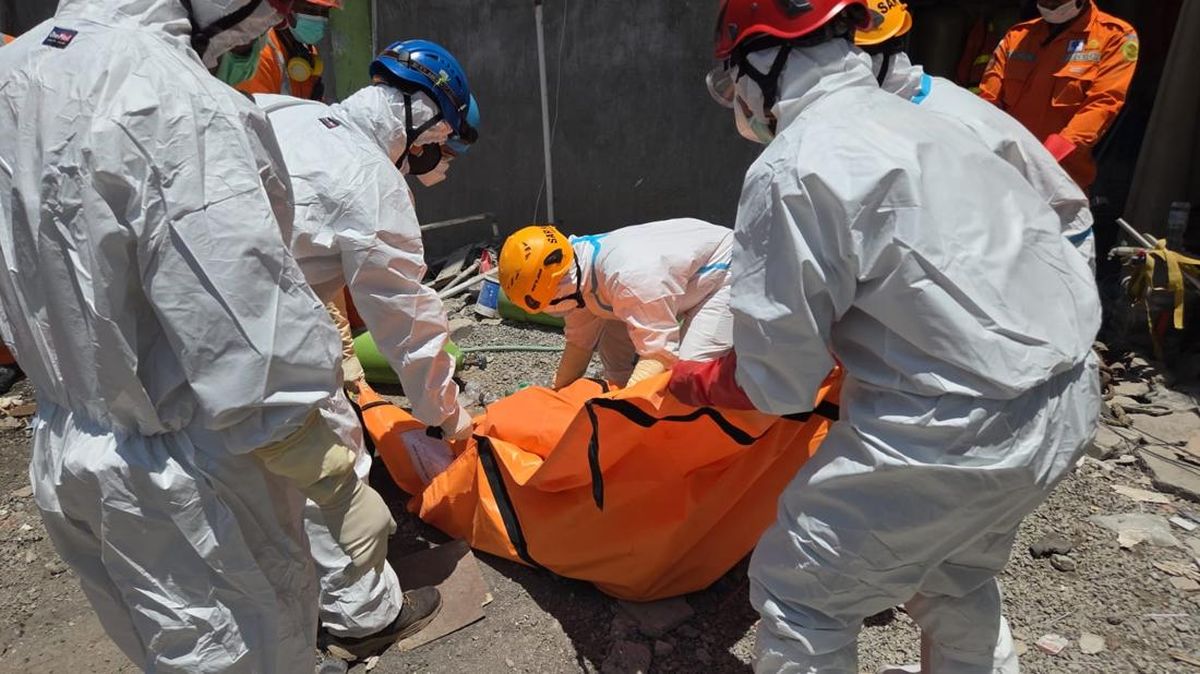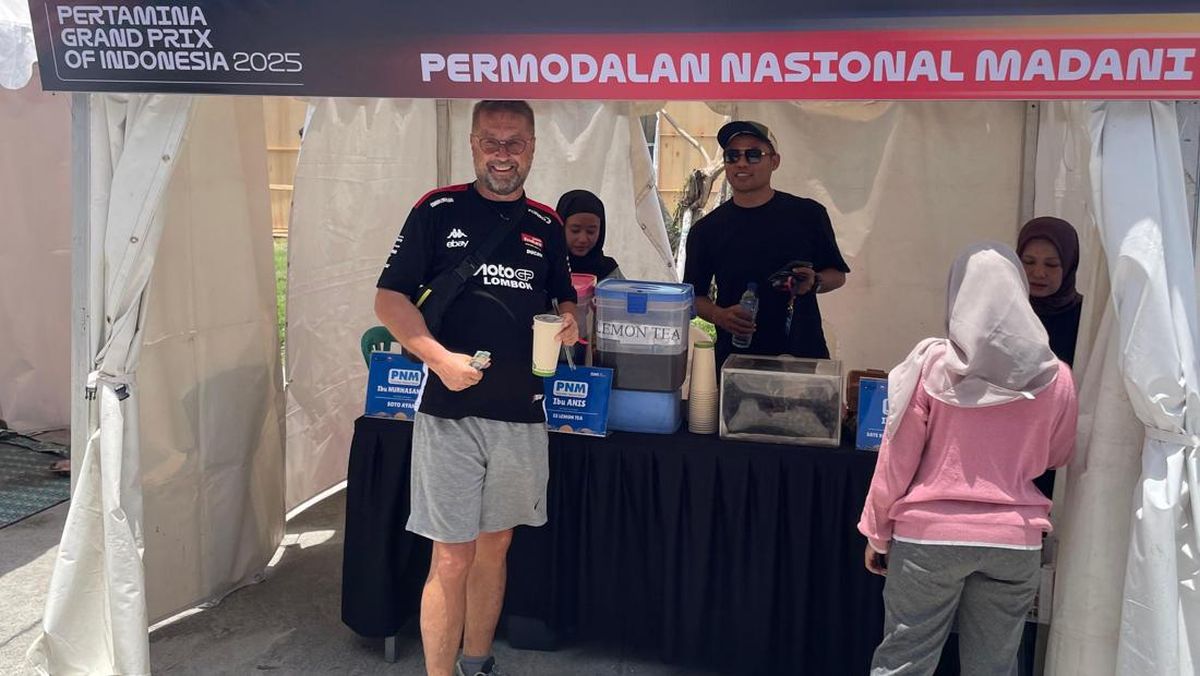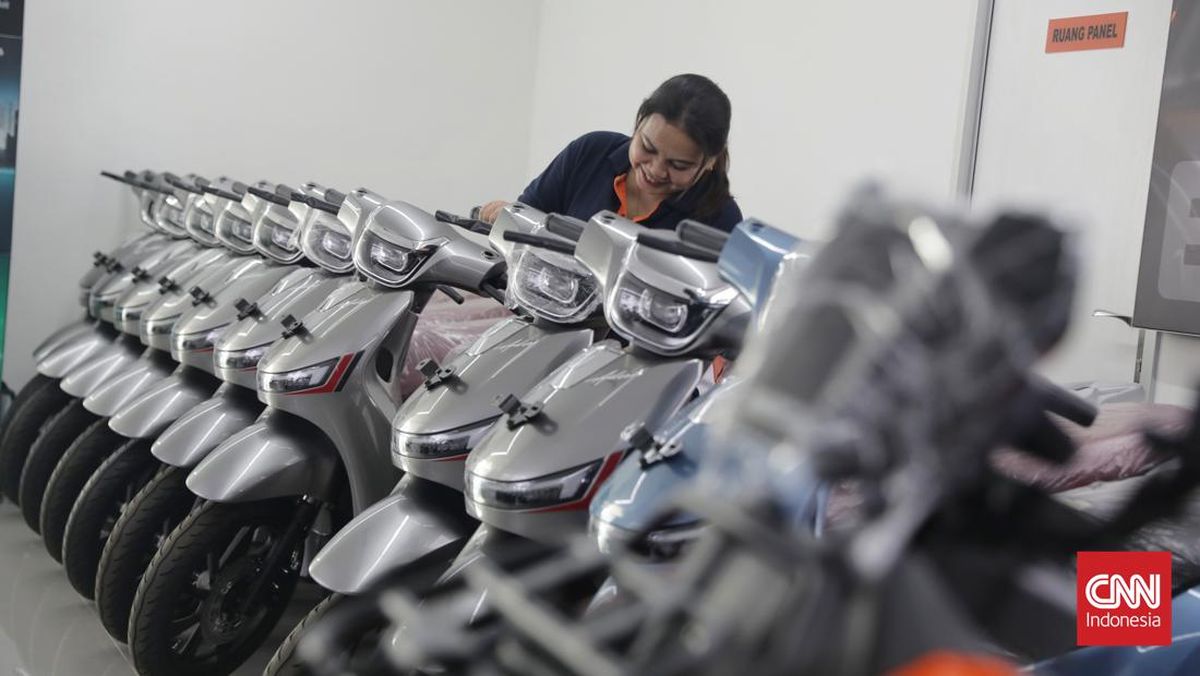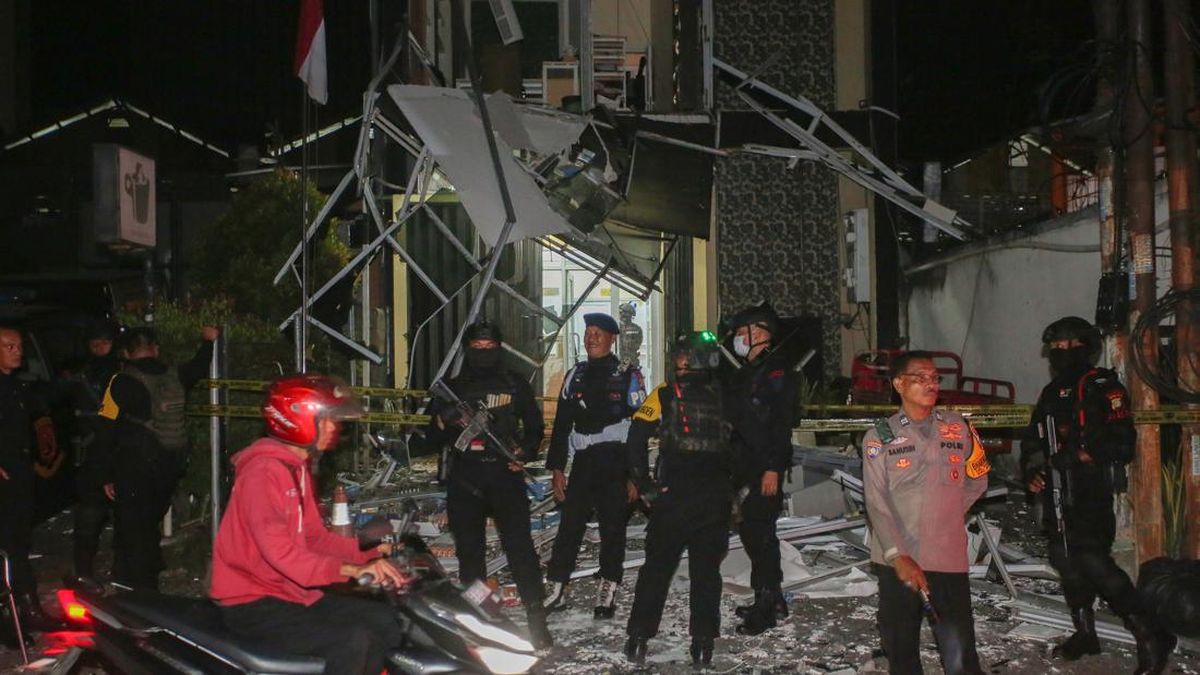Jenolan Caves director Andrew Le Lievre’s vision of bringing hundreds of thousands more visitors to the world’s oldest and largest open caves may be realised if the NSW government adopts a recommendation to replace car access with a new gondola.
“You’d descend through the clouds, and a world of its own just appears,” Le Lievre said.
Other than workers repairing the precinct, Jenolan Caves has been closed to the public since catastrophic weather in 2024 flooded buildings and caused landslips on the two access roads. The site is expected to reopen in 2026.
A destination for tourists and thousands of schoolchildren from the 1880s, the caves’ spectacular limestone features turned visitors into poets. They sparkled “in the beauty of a thousand stars”, said one in 1886.

Jenolan Caves Reserve Trust director Andrew Le Lievre hopes the public can return even though the roads may never reopen.Credit: Wolter Peeters
The proposed gondola would bypass the two access roads known as Two Mile, coming from the west, and Five Mile, from Hampton and the Blue Mountains, which would remain closed except for emergency vehicles.
Le Lievre was speaking near the site identified by consultants Riser + Gain on the Two Mile section of Jenolan Caves Road coming from the towns of Edith and Oberon as the best option.
Of the seven access routes and modes considered, this site, already cleared for powerlines nearby, was deemed the most cost-effective and the least damaging for biodiversity and the karst.
The view of the Blue Mountains during the 5.5-minute ride dropping 1154 metres would deliver a big “wow” – or “whoa” if heights aren’t your thing.
Le Lievre said: “A visitor would arrive near Jenolan Caves House [heritage-listed, and designed by Walter Liberty Vernon], and then go back in time hundreds of millions of years.”
It would be a short walk to the Grand Arch and the show caves where the drip, drip, drip of water through the karst turned the bones of ancient sea creatures into stalactites, stalagmites, shawls and needles over the past 340 million years.
“It is unfathomable that it’s so old,” Le Lievre said. “And it is amazing that you can come to the real Middle-earth,” he said, a reference to J.R.R. Tolkien’s cave-laden The Lord of the Rings.
The gondola would cost $44 million, including infrastructure, according to estimates in Riser + Gain’s 183-page Alternate Access Options Analysis Report. A funicular, which has been proposed, would cost twice as much.
Restoring road access was the big loser across 14 categories because it was the most expensive, estimated at more than $200 million to repair, and had little tourist appeal.
A mono-detachable gondola from the west would generate the highest return, be the fastest to build, face fewer problems with wind, and face the fewest environmental, funding and approval problems.
Carrying 32 cabins of 10 seats each, the mono-detachable gondola could transport about 900 visitors per hour per direction (1800 in total) or about 500,000 visitors a year.

Skyrail Rainforest Cableway at Kuranda in Queensland is similar to the gondola proposed for access to Jenolan Caves in the Blue Mountains. Credit: Tourism Queensland
Commissioned by the Jenolan Caves Reserve Trust, the report recommends shuttle buses be used only as an interim option.
A gondola would bring enough visitors to generate enough revenue for the caves to be self-sufficient and self-financing, a goal when the Trust was established 20 years ago.
Impacted by bushfires, the pandemic and repeated storms that destroyed the access roads, visitor numbers fell to fewer than 50,000 a year since the pandemic, compared to 240,000 a year on average before then.
To remain solvent, the trust has relied on business continuity insurance.

Jenolan Caves and the surrounding roads have been closed to the public since extreme rainfall flooded buildings and caused landslips in April 2024.Credit: Wolter Peeters
The report canvassed bundling a gondola ticket with a cave tour and entry like Taronga Park’s admission, and a new visitors centre.
The site could cope with as many as 850,000 visitors a year, but the initial goal was to see how it handled 500,000.
‘Soonest reinstatement’
Le Lievre said the final decision was up to government. The Riser + Gain report will be considered by the NSW government’s new interagency executive committee for Jenolan Caves access.
A spokesperson for Transport for NSW is working to ensure a whole-of-government approach to ensure the “soonest reinstatement of access to the world heritage site”.
NSW Minister for Heritage Penny Sharpe said: “For generations, Jenolan has been a treasured heritage item that Australians have enjoyed visiting. We are working on resolving the issues so that families and tourists can continue to visit and enjoy the Caves.”
The impact of vehicles has concerned environmentalists for decades. And aerial access, such as a funicular or gondola, was suggested in reports in 1991, 1994, 2002 and 2022.
Loading
Until 2020, as many as 700 cars a day entered the site via the Grand Arch on Jenolan Caves Road, a state road that cuts through the conservation site which predates Yellowstone in the US.
Before the site was recognised by Europeans, Jenolan Caves was part of the creation story for local Indigenous peoples.
Called “Binoomea” or “Dark Places in the Mountain” by the Burra Burra Clan of the Gundungurra Nation, it was a site Aboriginal people visited for its healing waters. Soon Europeans followed by horse and buggy to find a cure.
Le Lievre said the caves were a sacred and healing place; they had unique flora and fauna, including more than 30 endangered and threatened species; and there were heritage buildings dating from the late 1800s boasting one of the last grand dining rooms left in NSW.
Professor Richard Mackay, a former chair of the trust, said it “was really good news” if the government was ready to implement a solution to the problem.
“It’s a World Heritage property, there’s an obligation to give it a life in the community, and it’s not meant to be locked up.”
The mono-detachable gondola from the west was favoured by stakeholders except the Jenolan Environment Protection Committee, which has lobbied for cable-driven elevated inclined railway (a funicular) since 1988.
Its chair Bruce Welch said although the Five Mile Hill Road was known to be unstable, the government ignored the proposal. “After many minor slippages, the road catastrophically failed in 2020 and cannot be repaired.”
Start the day with a summary of the day’s most important and interesting stories, analysis and insights. Sign up for our Morning Edition newsletter.





